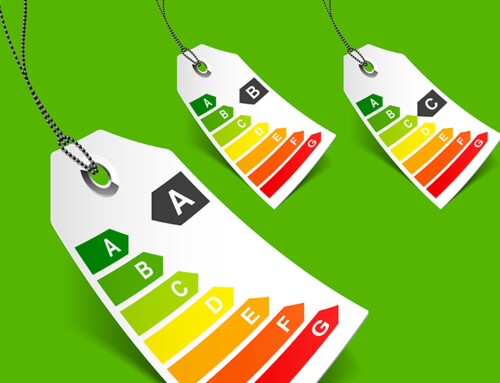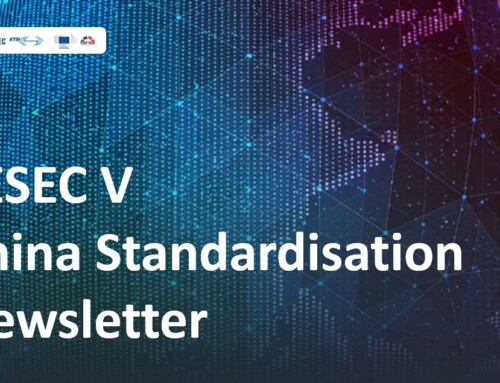On August 1, 2025, GB 26572-2025 Requirements for restricted use of hazardous substances in electrical and electronic products, China’s first mandatory national standard in the restriction of hazardous substances (RoHS) for electrical and electronic products (Hereinafter referred as the Standard), was approved and released by the National Standardization Administration (SAC). This mandatory standard, proposed and administered by the Ministry of Industry and Information Technology (MIIT), was jointly developed by the China Electronics Standardization Institute in collaboration with over 60 institutions and enterprises, including electrical and electronic product manufacturers, certification and testing bodies, industry associations and research institutes. It is set to take effect on August 1, 2027.
As the first mandatory national standard in China’s RoHS control field, the Standard aligns with European and international requirements in terms of restricted substance categories, limit values, and testing methods. It applies to electrical and electronic products produced, sold, or imported within China, consistent with the Management Methods for the Restriction of the Use of Hazardous Substances in Electrical and Electronic Products (Hereinafter referred as the Management Methods). According to the Standard, electrical and electronic products fall into two categories:
- Class I: Those listed in the official Compliance Management Catalog for the Restriction of Hazardous Substances in Electrical and Electronic Products must meet mandatory substance restriction limits and carry a compulsory label.
- Class II: Products not included in the catalog are encouraged to comply with the limits but are still required to be labeled.
Currently, the first batch of the Compliance Management Catalog for the Restriction of Hazardous Substances in Electrical and Electronic Products includes 12 product types: refrigerators, air conditioners, washing machines, water heaters, monitors, televisions, printers, copiers, fax machines, microcomputers, mobile phones, and telephones. The Management Methods specifies a comprehensive “Compliance Catalog + Conformity Assessment + Post-market Supervision” mechanism, where products listed in the catalog must meet restricted substance limits through state-backed certification or self-declaration while results are published on the official China RoHS platform for public oversight, with post-market monitoring by MIIT, State Administration for Market Regulation (SAMR), and customs authorities.
Notably, the Standard mandates strict limits on 10 toxic chemicals in electrical and electronic products, including four heavy metals (lead, mercury, cadmium, and hexavalent chromium), and six persistent organic pollutants such as polybrominated biphenyls (PBBs), polybrominated diphenyl ethers (PBDEs), and four types of phthalates. More details about the types and limit values of hazardous substances in each homogeneous material of the product are shown in the table below, while the content of hazardous substances in electrical and electronic products is tested according to the national standard Determination of certain substances in electrical and electronic products (GB/T 39560 series) (identical to IEC 62321).

Furthermore, China RoHS labeling requirements mandate that producers or importers of electrical and electronic products shall apply labels indicating the presence of hazardous substances, as illustrated below. It is worthed mentioning that products may only bear Label I if all homogeneous materials comply with hazardous substance limits; otherwise Label II must be applied, accompanied by a hazardous substance information table (also see the table below). Moreover, Label I or II must be visibly marked on the product or in its documentation, with the hazardous substance information table included, provided in formats such as manuals, electronic files, or packaging. Additionally, technical documentation supporting the accuracy of the hazardous substance information table shall be retained for at least three years after product discontinuation, with all records required to be authentic, valid, and traceable.


The Standard, published on 1 August 2025 and effective from 1 August 2027, includes a two-year transition period and a one-year grace period for products made or imported before the effective date. Its implementation strengthens China’s RoHS framework by filing regulatory gaps, while enforcing environmental safeguards, promoting green industry transformation, and enhancing global influence for Chinese standards and products. For foreign stakeholders, it is advised to:
- Conduct product testing and supply chain screening in advance.
- Optimize product design and promote the use of environmentally friendly material alternatives.
- Stay updated on standard implementation guidelines and subsequent catalog updates to adjust compliance strategies promptly.
Original sources: https://www.miit.gov.cn/xwfb/gxdt/sjdt/art/2025/art_9b6f355b9a174c0fb0691d775ad4e160.html
https://www.miit.gov.cn/zwgk/zcjd/art/2025/art_265e4c3c3d884d57bf510165470bc611.html




